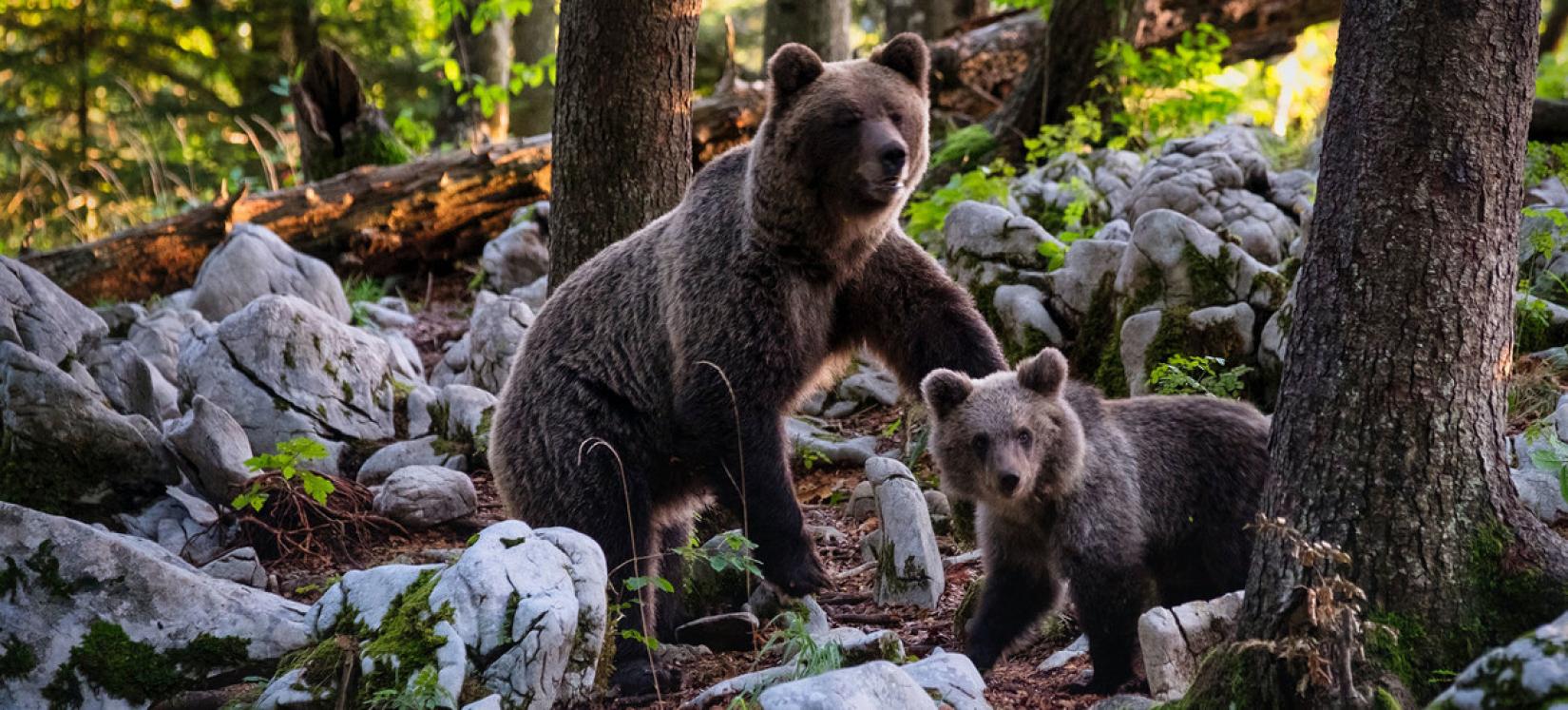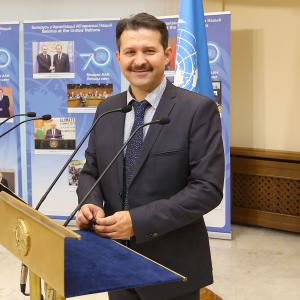United Nations Biodiversity Summit: UN Chief urged international community to stop destroying planet
30 September 2020
- Humanity is waging war on nature. These were the opening words by the UN Chief António Guterres speaking at the biodiversity summit launched in UN on Wednesday. He urged the international community to build “healthy” relationship with the environment and elaborate a plan of biodiversity conservation for the period after 2020.
Secretary General reminded that over a million species of animals and plants are at risk of extinction. By destroying nature humanity is getting even less protected from new biological threats such as coronavirus pandemic.

“Sixty per cent of all known diseases and 75 per cent of new infectious diseases are zoonotic, passing from animals to humans, demonstrating the intimate interconnection between the health of our planet and our own,” said Guterres.
Seventy five per cent of new infectious diseases are zoonotic, passing from animals to humans.
He stressed that biodiversity and planet ecosystem conservation are essential for further human progress. Prosperity and health of future generations depend on it.
UN General Assembly President Volkan Bozkir reminded the summit participants that it is nature that offers humanity the remedy for many diseases.

“Four billion people depend upon natural medicines for their health. Seventy per cent of drugs used for cancer treatments are drawn from nature,” said Bozkir. He also emphasized that more than half the world’s GDP, which is US$44 trillion, is dependent on nature.
António Guterres stressed that without biodiversity conservation the international community would not be able to achieve the Sustainable Development Goals and implement the Paris Agreement on Climate Change.
UN Chief spoke about the necessity to live in harmony with nature and highlighted several priorities in the activities aimed at the planet’s biodiversity conservation.
Seventy per cent of drugs used for cancer treatments are drawn from nature
First, nature-based solutions must be embedded in COVID-19 pandemic recovery and wider development plans. Preserving the world’s biodiversity can yield the jobs and economic growth that we urgently need today,” said Guterres.
According to the World Economic Forum data, as Guterres said, humanity has all possibilities to create 191 million green jobs by 2030.
Secretary General also reminded about the necessity to invest in biodiversity conservation and stressed that the volumes of such investments are much less than current levels of subsidies constantly invested in the production harmful to the environment.
Third, UN Chief stated that the countries must secure the most ambitious policies on biodiversity conservation and set new goals in this field. The majority of the goals for the period from 2011 to 2020 have not been met, as Secretary General marked.
How to conserve the biodiversity of the planet? Eight priorities of work
UN Chief reminded that Kunming, China will host the UN Biodiversity Conference (COP 15) in May 2021. It is expected that the post-2020 global biodiversity framework will be adopted there.
“China is ready to share opinion on elaboration of a new global development strategy in this field,” said president of the People’s Republic of China Xi Jinping in his previously recorded video message presented at the summit.
“We all have to act together in order to create beautiful and harmonious environment on the planet for all species,” he added.
The minister said that it is planned to create at least 24 new protected areas with the overall area of five million hectares in Russia by 2024.
Besides, as Kobylkin said, the Russian authorities do a lot to conserve the rare species. For example, over a hundred species have been excluded from the Red Data Book of Russia so far as they are not endangered any more.
“Over the last years, we have managed to achieve the growth of the population of Siberian tigers, Persian leopards and Amur leopards, snow leopards, polar bears, bison and falcons. The number of Siberian tigers on the territory of the Far East of Russia amounts to 540 units and there are 118 cats of Persian leopards,” said Kobylkin.
The Minister of Natural Resources also said that Russia lays special emphasis on sustainable forest and water resources management and measures of adaptation to the negative implications of climate change.
Protection of biodiversity in the Republic of Belarus
Belarus is a party to the Convention on Biological Diversity, strives to achieve its goals and takes part in its implementation.
The mechanisms to achieve the Convention goals in Belarus include maintenance of the Red Data Book of Belarus, transfer for protection to land users of land plots and (or) water objects, which are habitats of species of wild animals and plants included in the Red Data Book, as well as typical and rare landscapes and biotopes, support and development of a system of protected natural areas and fight against the spread of invasive plant species.
In Belarus there is the Interagency Council on Implementation of the Convention on Biological Diversity, which facilitates decision taking and discussion of biodiversity challenges involving state bodies, scientific organizations and the wide public.
The National Strategy for the Conservation and Sustainable Use of Biodiversity aims to prevent reduction of the number and diversity of species of wild animals, plants, ecosystems, ensure restoration of rare and endangered species of wild animals and plants, and maintain biodiversity to the extent necessary for its stable existence.
UN assistance in biological diversity conservation in Belarus
UN Development Program (UNDP) in Belarus together with the Ministry of Natural Resources and Environmental Protection implements the projects aimed at biological diversity conservation in Belarus.
Due to the Wetlands Project, ecological and financially sustainable approaches to forest and peatlands management were integrated to conserve biodiversity, climate and improve land management.
Under the project a unique law “On protection and use of peatlands” was adopted, habitat conditions for the European bison micro population in the Naliboksky Zakaznik improved, over 12,000 hectares of degraded and inefficiently drained peatlands restored, habitats of globally threatened species of Aquatic warbler, Greater spotted eagle, Great snipe, Black-tailed godwit restored. Partner programs are being implemented to restore habitats and exchange rare species of animals with Lithuania, Germany and Poland.
The project entitled, “Ecomonitoring” is aimed at stimulation of effective and inclusive environmental management through involvement of the wide public in environmental quality improvement and monitoring of environmental risks.
Due to the project, a network of green school resource centres (over 200 educational establishments included) was enlarged; they were also integrated in the kindergarten system. Over 280 ecology teachers raised their qualification in the field of environmental education, three Aarhus resource centres and seven clubs of ecological monitoring were established.
Aarhus Convention (Convention on Access to Information, Public Participation in Decision-making and Access to Justice in Environmental Matters) was adopted by the UN Economic Commission for Europe.and signed by 38 countries including Belarus in 1998.
The republic-wide green schools network unites educational establishments with a special green curriculum covering such topics as biodiversity, energy development, water supply, wastes and public activities.






